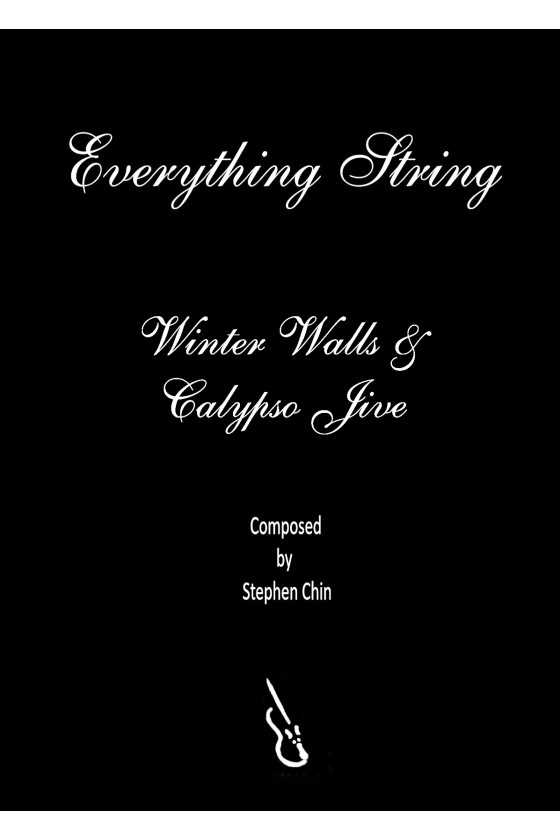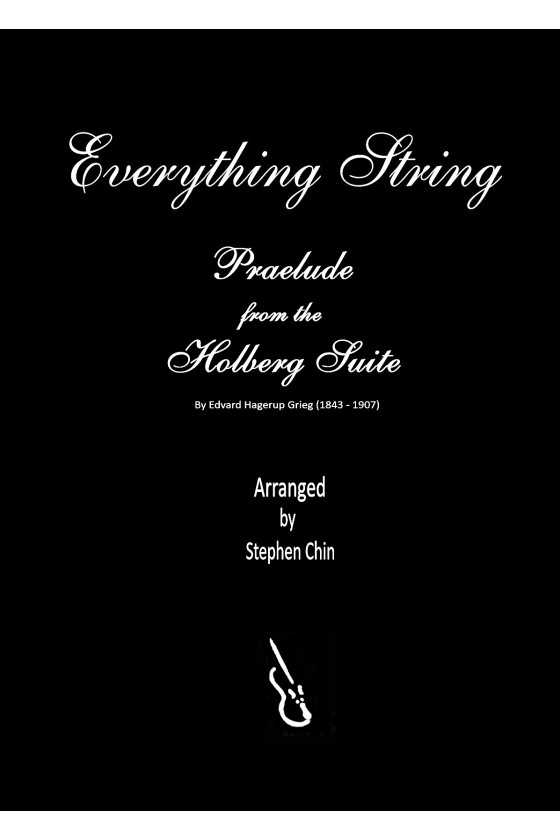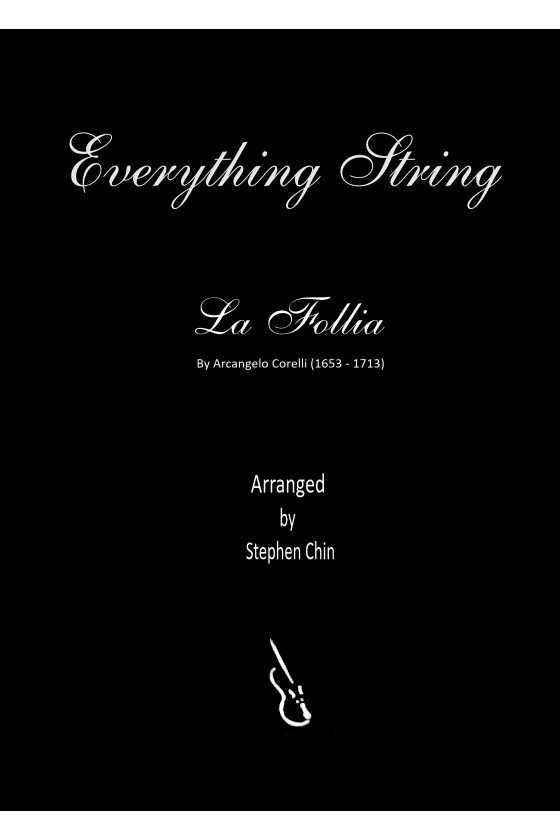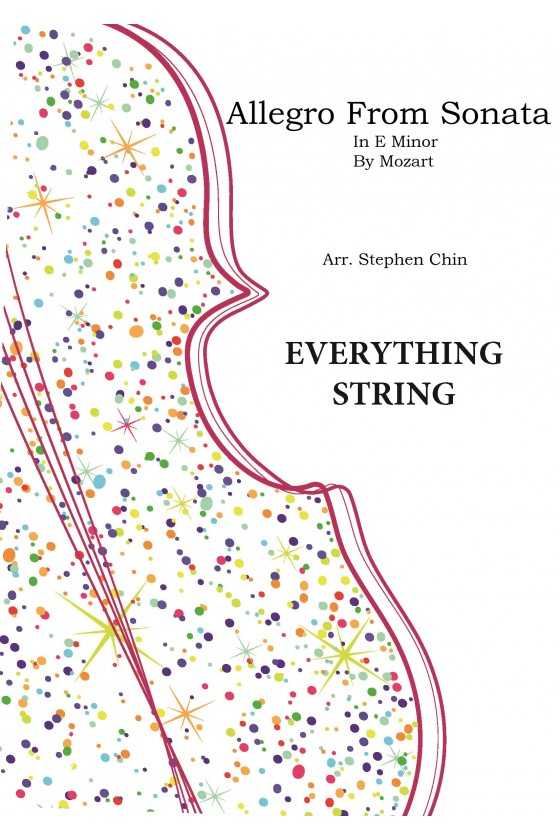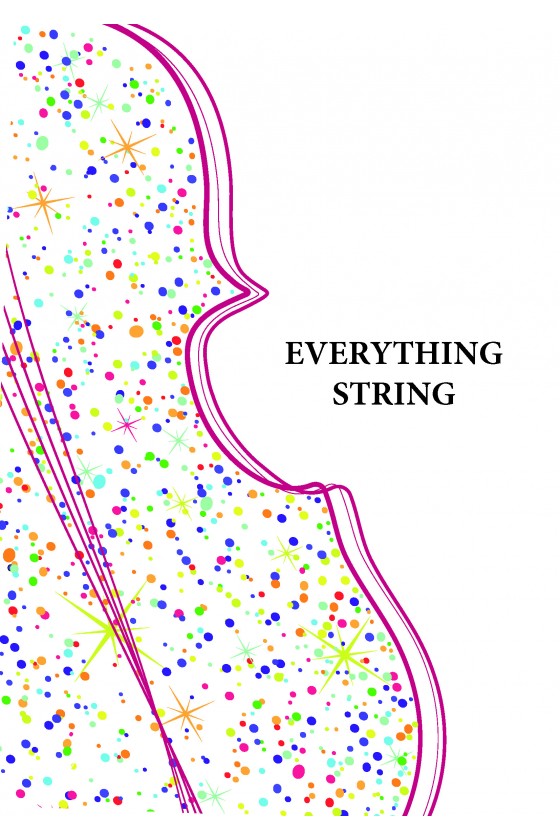Winter Waltz & Calypso Jive By Stephen Chin
The contrast between the two works couldn't be more striking! The Winter Waltz evokes a sense of longing and nostalgia with its delicate yet poignant melody, which is played by different sections of the ensemble. It's a beautiful and melancholic piece that captures the wistful beauty of winter.
In contrast, the Calypso Jive is a vibrant and lively work based on a catchy and infectious syncopated rhythm. It's impossible to resist the urge to tap your toes to the beat of this upbeat and cheerful piece.
These two works offer a stark contrast in mood and tone, but they both showcase the versatility and virtuosity of the orchestra. Whether you're in the mood for a heart-wrenching melody or a lively rhythm, you're sure to be captivated by these two works.
For String Orchestra Grade 1.5


